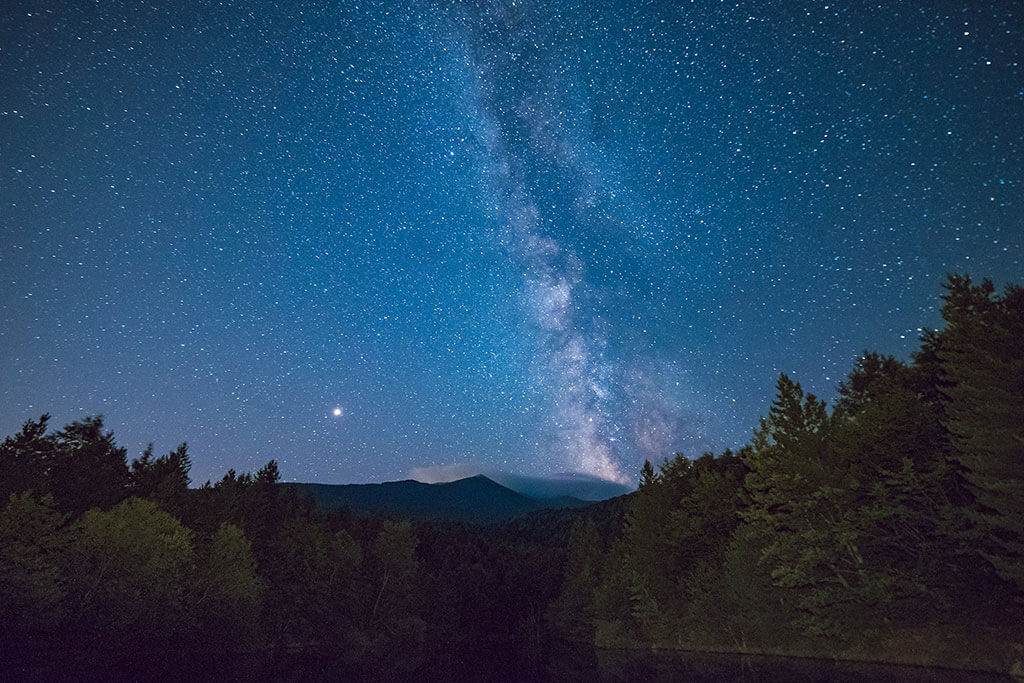
13
May
Heritage Toronto: Campus & Cosmos: Toronto’s Astronomical Heritage
A Heritage Toronto walking tour of significant astronomical sites on and around the University of Toronto's St. George Campus.

1
May
Dawes Road Library: Science At The South Pole
Professor Keith Vanderlinde talks about his work with the 10m South Pole Telescope, and the science that convinced him to undertake an eleven-month "winterover" position working on-location with the telescope.

13
May
ASX: What ifs: Scientific Poster Competition (CANCELLED)
What ifs Scientific Poster Competition is a competition organized by the Astronomy and Space Exploration Society (ASX) to provide students in grades 9-12 with an opportunity to explore the field of astronomy and space science.

22
April
March for Science Toronto 2017
See the website or Facebook page for more details

20
July
Toronto Reference Library: Toronto's Astronomical Heritage
Join us as we recognize Canada's 150th birthday, in this profusely-illustrated and non-technical presentation, where you will discover how Toronto became a "centre of the universe" for astronomical research, education, and public outreach.

15
June
Deer Park Library: Canada 150: Canada's Amazing Astronomical Achievements, 1867-2017
If astronomy was an Olympic sport, Canada would surely be a medallist. In this profusely-illustrated, non-technical presentation, you will learn about the amazing astronomical discoveries, inventions, facilities,and people that put Canada at the forefront - from Standard Time, to black holes and the birth of the universe.
Presented by Professor Emeritus John Percy, Astronomy & Astrophysics, Dunlap Institute.

12
June
Annette Street Library: Finding Your Place in Space and Time
Learn about the upcoming launch of the James Webb Space Telescope that will help reveal our cosmic origins. Join Professor Roberto Abraham on a cosmic journey to learn about how the latest discoveries in astrophysics help to place your existence in a cosmic context.
JWST is an international collaboration between NASA, the European Space Agency (ESA), and the Canadian Space Agency (CSA).

13
May
York University: Science Rendezvous 2017
Every year the Faculty of Science at York University joins forces with Main Street Markham to present Science Rendezvous at the award-winning Markham Farmers’ Market.

13
May
Ryerson: Science Rendezvous 2017
Ryerson’s Science Rendezvous event takes place in Yonge-Dundas Square, on the south-east corner of Yonge and Dundas in downtown Toronto, one of Canada’s liveliest public areas. Our event offers hands-on activities, demonstrations and stage shows in robotics, water science, energy, engineering, architectural science, and many other scientific areas. We have activities for young children, teens and adults. Come on out and enjoy a day outdoors with science.

21
April
UofT Planetarium: Voyager’s Odyssey: A Small Probe’s Adventures into Interstellar Space
Showtimes: 7:00pm, 8:00pm, and 9:00pm
In 1977 two small probes, Voyager 1 and 2, were launched from Earth with a mission to study the outer solar system. Both spacecraft visited Jupiter and Saturn, and Voyager 2 passed by Uranus and Neptune, returning images to Earth which allowed us to make surprising discoveries about these distant planets. Now these probes are entering interstellar space, making them the furthest man-made objects from the Earth!
